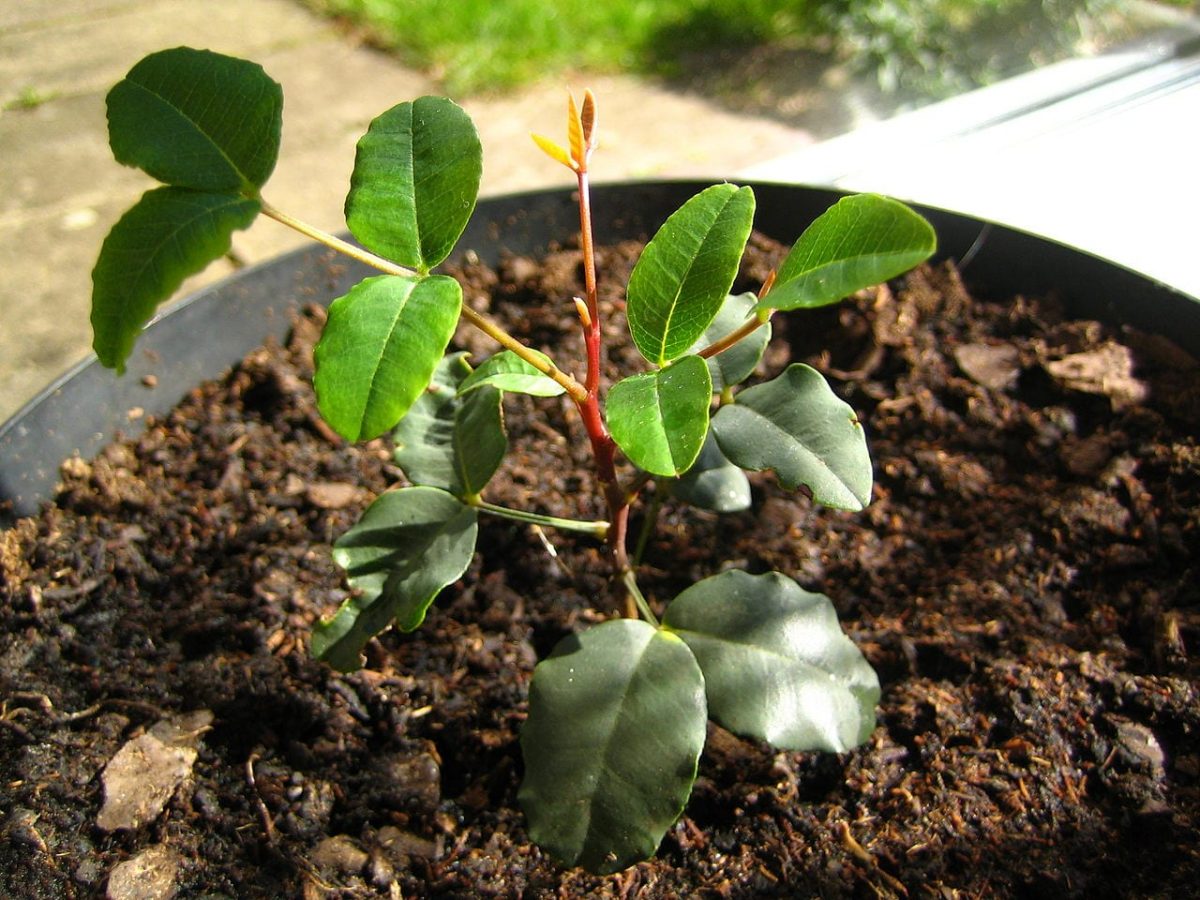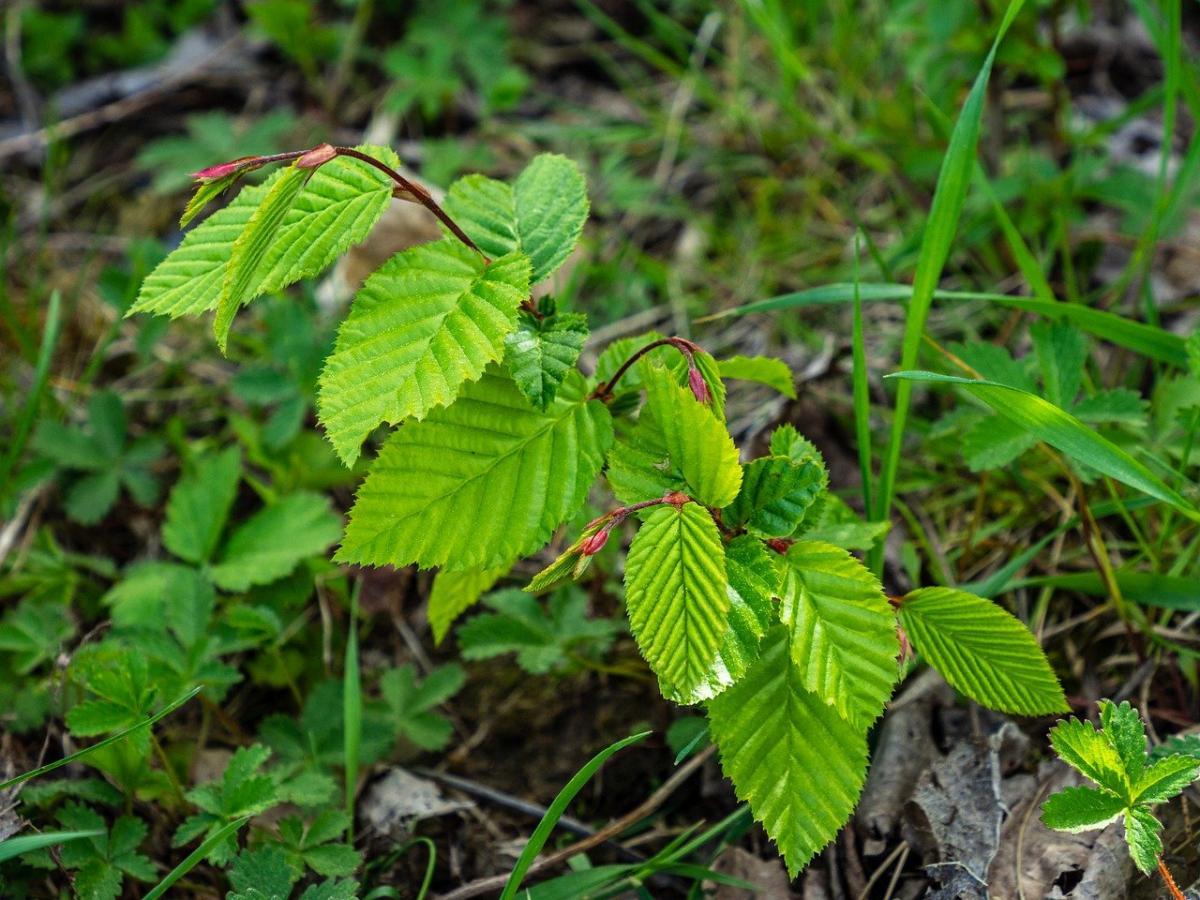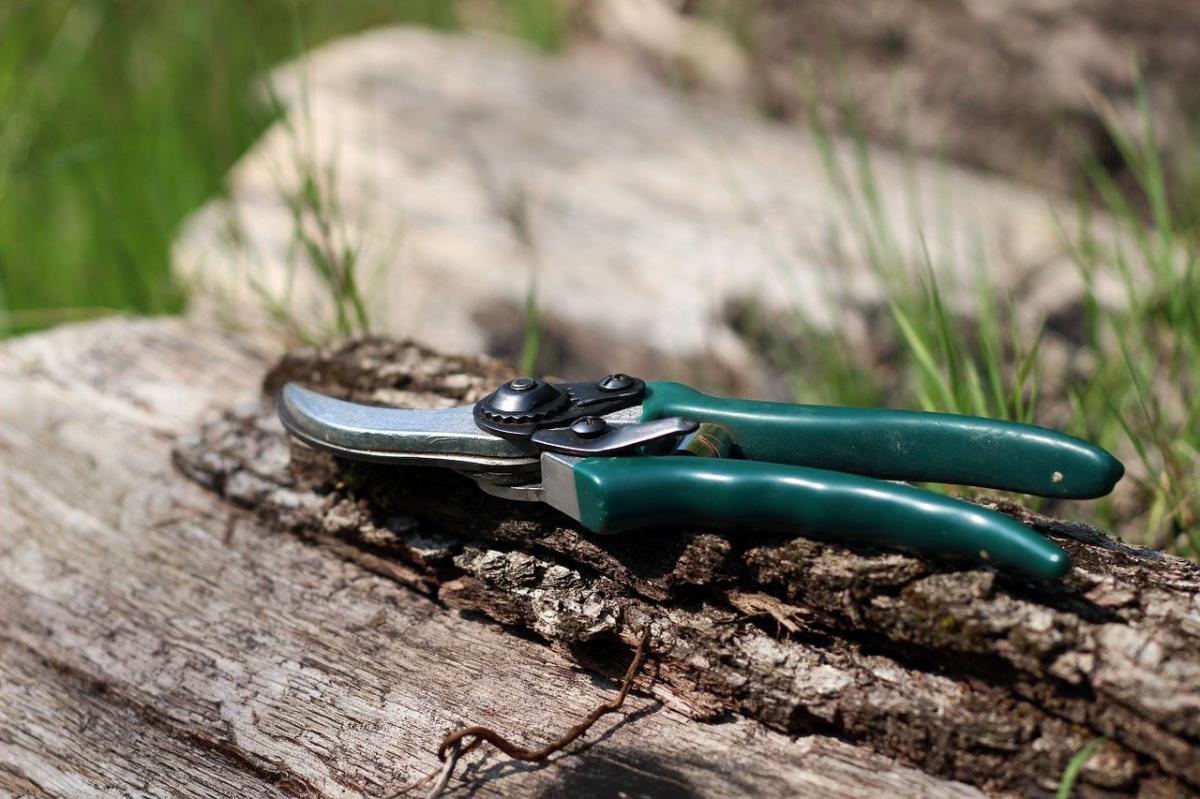
One of the doubts most asked by all gardeners and planters is that of how to fatten a tree trunk, that is, what can be done so that the plant develops a wide, well-formed trunk, and does not get left with that thin and weak stick that it has at the moment.
As well. There are several things that can be done, but first it is important that we know something: We must have patience. These plants can take a long time to get fat, although we can help them by taking care of them in the following way.
If you want to know what you can do to make the trunk thicken, below we offer you several tips and tricks that will be very useful to achieve that end:
Use sandy substrates
Sandy substrates, such as akadama, the pomx (for sale here), or similar are the most recommended to get the trunk of the tree to widen, since keep the roots properly aerated so that the plant can grow without problems not having to worry about anything.
Pay regularly
The fertilizer is very important, especially for plants that are in pots, and more if you use sandy substrates that contain almost no nutrients. Thus, throughout the growing season, that is, during spring and summer the trees must be fertilized.
With what? Well, you can use chemicals (like universal) or natural (such as guano), but so that they do not lack anything I advise you to use one once and the following month another. Remember to follow the instructions specified on the package if you use chemical and / or liquid fertilizers.
Plant your tree in the ground

To make the trunk fatter as soon as possible, the best thing to do is plant it in the ground in an area where it receives a lot of direct sunlight and take care of it like another garden plant for at least two or three years. After that time, the trunk will have already fattened enough to be able to be worked as bonsai.
Plant it in a large pot -30cm in diameter- before placing it in the garden. This will make it much easier for you to get it off the ground when the time has come.
Use large pots
If you don't have a garden, you can use a big deep pot so that the trunk of your tree fattens. The diameter will vary according to the size of the plant, but it is generally recommended to use containers 20cm or more in diameter.
Remember to fill it with sandy substrates, since if the trunk is planted in peat it will take longer to get fat.
Prune from time to time

This is especially if you want to work your tree as bonsai. If you want it to thicken, in addition to what we have already told you, another thing you have to do is prune it. These prunings must not be drastic at all, but the point is to leave the trunk without branches up to a certain height, and to reduce the length of the rest of the branches.
For example, let's imagine you have a small tree whose trunk is 1 meter high and begins to branch 60 centimeters from the ground. What is there to do? Well, in this specific case what we advise is to reduce its height to about 80 centimeters; in this way it will take out lower branches, and in the process the trunk will get fatter.
If we want it for bonsai, in the coming years we will reduce its height more, about 10-20 centimeters / year, and only if the tree is responding well, producing lower and lower branches (which is what it should do).
In addition to the height of the tree, you have to take care of the length of the branches. Note that when pinching them, that is, when removing the newer leaves, the plant will tend to take out secondary branches. This is very good, since the crown will be more populated with leaves.
Anyway too it is very, very important to know that there are species that it is better not to prune, either because they do not tolerate pruning, or because they are simply plants that look much prettier when grown freely. Some of them are: hackberry (celtis australis), Brachychiton (all), willow (Salix), or the flamboyan (Delonix direction).
We hope these tips are useful to you.
Thank you very much for the information, in any case I am not very satisfied since I live in an apartment and people or neighbors do not take good care of the land, apart from parking cars like crazy.
You talk about fertilizing a lot but not how much or how often, I have several apple and peach trees for 3 years planted in 2-liter juice bricks and they already have a size of almost 2 meters, but the diameter of the trunk does not reach half a centimeter despite being in the sun all day and having the earth mixed 30% with river sand from which is used in construction sites, and for the first time this year they begin to bloom, but nothing swells the trunk,
As a fertilizer I use a chemical Bayer fertilizer that dissolves in water and they told me to add it every 15 days.
Hello Francisco Javier.
The quantity and frequency is indicated on the packaging of the product you use to pay.
In any case, in order for the trunk to be fattened, it is necessary that they be planted in pots of about 30cm in diameter for more or less the same depth, since if the container is rather thin and tall, the plant has a greater tendency to grow in height.
A greeting.
I have three mandarins and 2 lemon trees in pots of 40 cm wide and 40 deep and they are already five years old and 2 meters high, but they do not make any attempt to throw flowers, I have seen on the Internet that it is usually problems of lack of iron, so people do things to them like hammering nails or hitting the trunk with irons, and I would like to know if you know of a less violent method or what I can contribute so that this year they flourish.
Hi Javier.
Yes, you can fertilize them with guano (liquid) that is rich in nutrients and, in addition, has a very fast effectiveness. You can buy it at any nursery or on amazon. It is organic.
A greeting.
Very good this page, and very useful.
A greeting.
We're glad you like it, Juan 🙂
Hello, I have a jacaranda planted on the ground in Mexico City and in one year it has grown approx 80 cm but the trunk is still the same diameter and the wind moves it a lot, how do I make it thicken? because a gale can break it
regards
Hello Alfredo.
Jacarandas are quite afraid of the wind for this reason, because they take time to thicken their trunks and the young wood is very fragile.
To avoid this, put a deep, well-rooted stake in the soil and fertilize it in spring and summer with guano, for example, following the instructions specified on the package.
Greetings.
There is a trick to make a tree trunk fatter quickly. It consists of scratching the bark of the trunk from top to bottom after it has given the fruit and before the sap begins to run. For example, you can make a cherry tree between August and January or February.
You use a knife, type cutter, making some cuts that go through the bark. That makes the resistance that makes it less and facilitates fattening.
Now you go and bark it! 🙂
Thanks for the information, Pablo.
Regards!